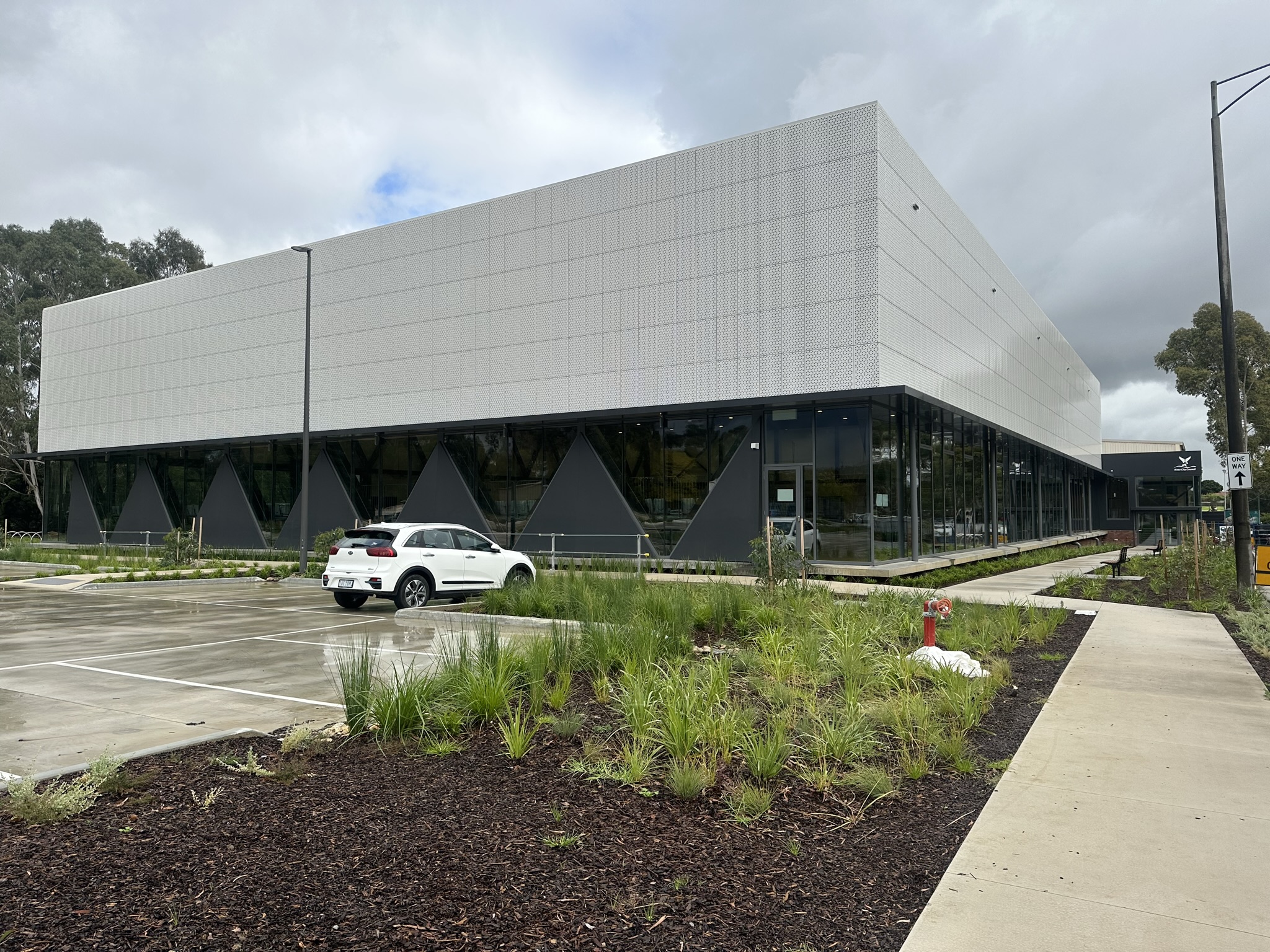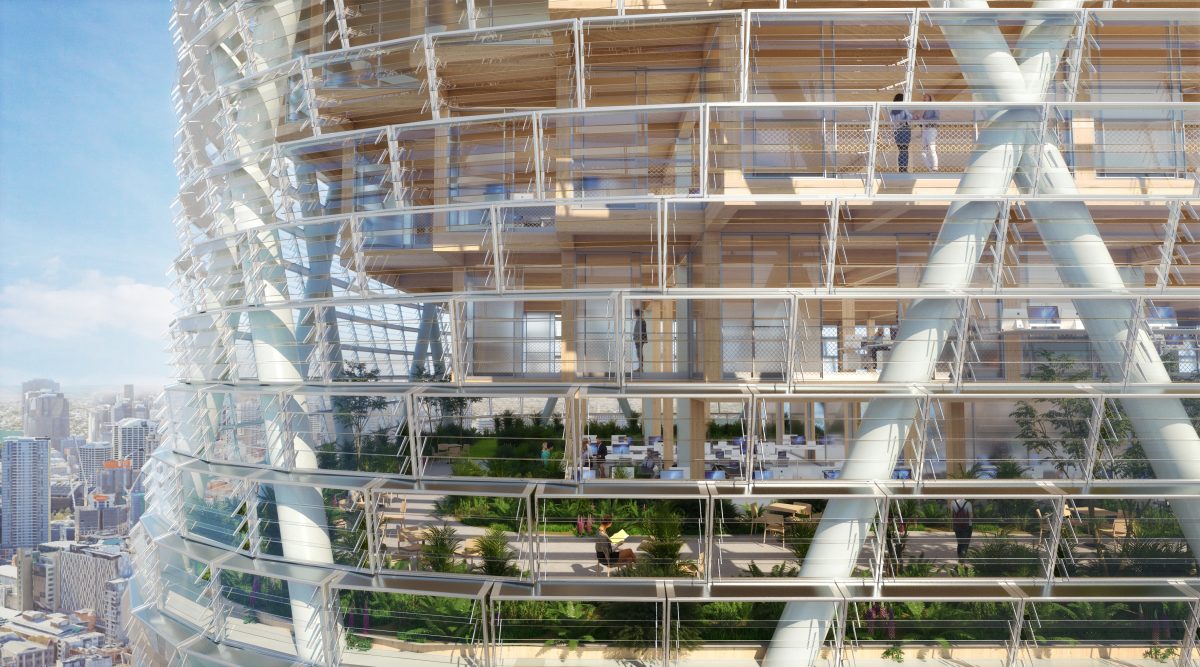In the heart of Australia’s bustling cities, a quiet revolution is unfolding within the walls of office buildings. A transformation towards sustainability is reshaping the landscape of corporate Australia, aligning with global environmental commitments and a growing demand for green spaces.
Embracing the Electric Era
The Green Building Council of Australia (GBCA) has championed a vital shift in the commercial sector: moving away from natural gas to embrace clean electricity, particularly through the adoption of heat pumps. This transition isn’t just a trend; it’s a response to the urgent need to reduce operational emissions, which, in the realm of commercial buildings, account for a staggering 15% of Australia’s total. The electrification of these spaces signifies a significant leap towards achieving net-zero emissions.
In newer, state-of-the-art buildings, such as Sydney’s Atlassian Central and Melbourne’s 600 Collins, electrification is already a reality. Here, advanced technology and innovative design converge to create spaces that are not only energy-efficient but also future-ready. But the real battle, as highlighted by GBCA chief executive Davina Rooney, lies in retrofitting the vast majority of existing buildings, a challenge that presents both opportunities and complexities.
Policies are playing a pivotal role in this transformation. The GBCA advocates for an updated National Construction Code that mandates electrification in all new buildings from 2025. Similarly, the City of Sydney’s endorsement of net-zero carbon energy use in new office buildings, hotels, and shopping centres from 2026 sets a clear direction for the future of urban development. Victoria has also mandated no new gas connections to new buildings from the 1st of January 2024 through the planning system.
Leading by Example: Case Studies of Electrification in Action
In the journey towards a more sustainable future, several landmark projects stand out, showcasing the practicality and success of building electrification in Australia.
Knox Regional Netball Centre: A Model of Sustainability
Organica Engineering was the Green Star Accredited Professional (GSAP) for the Green Star 4 Star Rated Knox Regional Netball Centre. Knox Regional Netball Centre Redevelopment is a $15.45 million redevelopment aimed to expand Netball capacity for the East of Melbourne. It included features such as two additional indoor courts, new change rooms, a function room, an observation deck, and upgrades to the existing stadium. Notably, it also incorporated Green Star initiatives like solar power, recycled materials, WSUD with bioswale car parks, natural light, and rainwater harvesting systems.
Knox City Council has committed to delivering energy-efficient buildings as part of their Climate Response Plan, aiming for net-zero emissions by 2030. The Knox Regional Netball Centre is expected to deliver zero energy related emissions and significant energy cost reductions compared to only BCA compliant buildings.
The all-electric stadium includes a 50kW solar array with a Redflow Zinc Bromide battery backup system, electric vehicle charging, 100% fresh air supply, and heat recovery ventilation. In conjunction with Redflow integrator Seven20 Electrical, the Deye 3 phase hybrid inverters, photovoltaic solar panels and 6 10kWh Redflow zinc-bromine flow batteries were installed in the Knox Regional Netball Centre.
The Knox Regional Netball Centre in Victoria is a prime example of how sustainable design can be beautifully integrated into community spaces. The redevelopment project focused not only on expanding capacity but also creating a healthy and affordable to operate building for regional sports.
This project represents a holistic approach to sustainability, combining renewable energy sources, efficient building materials, and a design that maximizes natural light and water conservation. The result is a facility that not only serves its community but also leads the way in environmental responsibility.
Other Notable Developments
Several other projects across Australia echo this commitment to sustainability:
- Sydney’s Atlassian Central: A fully electrified asset showcasing new technology in energy efficiency. Atlassian Central in Sydney, set to be the world’s tallest hybrid timber and steel building, represents a significant leap in sustainable architecture and construction. Built by Built and Obayashi Corporation, this 39-story building aims to establish a new benchmark for smart and sustainable commercial buildings. Located at Sydney’s newest technology and innovation precinct, Tech Central, the building features an innovative design with a timber structure, a glass and steel exoskeleton façade, and an operable façade for natural light and ventilation. It has ambitious sustainability goals, including a 50% reduction in embodied carbon emissions during construction and being 100% powered by renewable energy. The building is targeting a 6-star Green Star rating and features a BIPV electricity-generating façade system.
- Melbourne’s 600 Collins: Another example of a building designed with complete electrification, setting a new standard in sustainable commercial spaces. 600 Collins, a premium-grade office tower in Melbourne’s Central Business District, is set to become one of Australia’s most sustainable and efficient buildings. Sustainable Design: The building is aiming for the highest sustainability credentials, including a 6 Star Green Star and a 6 Star NABERS Energy rating, and a Platinum WELL Certification for shell and core. This makes it one of the most sustainable buildings in Australia. High performance glazing system, high efficiency central cooling, high efficiency lighting and grey-water reuse systems will be incorporated to reduce consumption of resources.
These projects are not just buildings; they’re beacons of innovation, demonstrating the tangible benefits of electrification in reducing carbon footprints and enhancing energy efficiency.
As we witness the transformative power of building electrification, it’s clear that the path to a sustainable future is not just a vision but a reality being constructed today.
The electrification of office buildings in Australia is more than an environmental imperative; it’s an economic and social opportunity. By transitioning to systems like heat pumps and integrating renewable energy sources, we are not only reducing our carbon footprint but also paving the way for healthier, more efficient, and more resilient urban environments.
The Role of Collaboration
Achieving these goals requires a collective effort. Policy makers, builders, environmental councils, and communities must work together to support these transitions. As seen in the examples of the Knox Regional Netball Centre, Atlassian Central, and other pioneering projects, it’s evident that when ambition meets action, remarkable outcomes are possible. As Organica Engineering continues to collaborate with the Green Building Council of Australia, we invite our readers, partners, and the broader community to join us in this journey. Let’s celebrate these successes and push forward in our mission to create buildings that not only meet our needs today but also safeguard our planet for future generations.
Together, we can build a world where sustainability is not just a feature but the foundation of our built environment.


